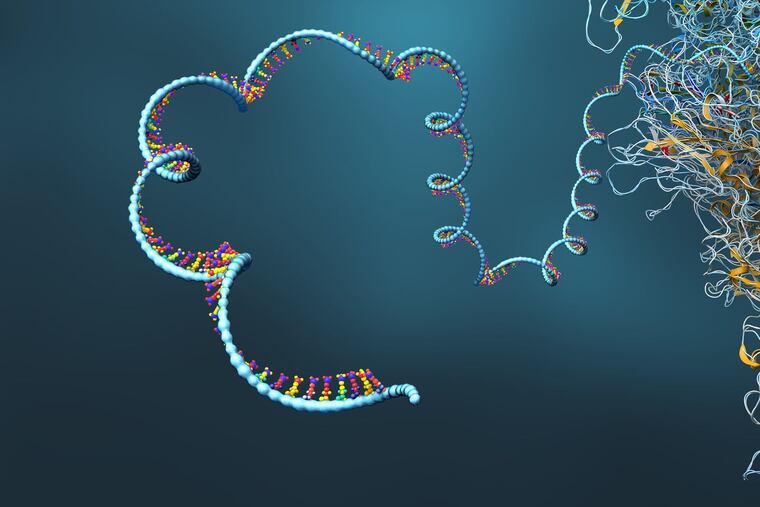Vaccines are just the beginning for RNA. The technology is being tested on heart and liver diseases.
One Penn State physician says RNA technology could 'revolutionize medicine.'

One Penn State physician says RNA technology could 'revolutionize medicine.'
